Home>Garden Essentials>How Does Fake Grass Compare To Real Grass?
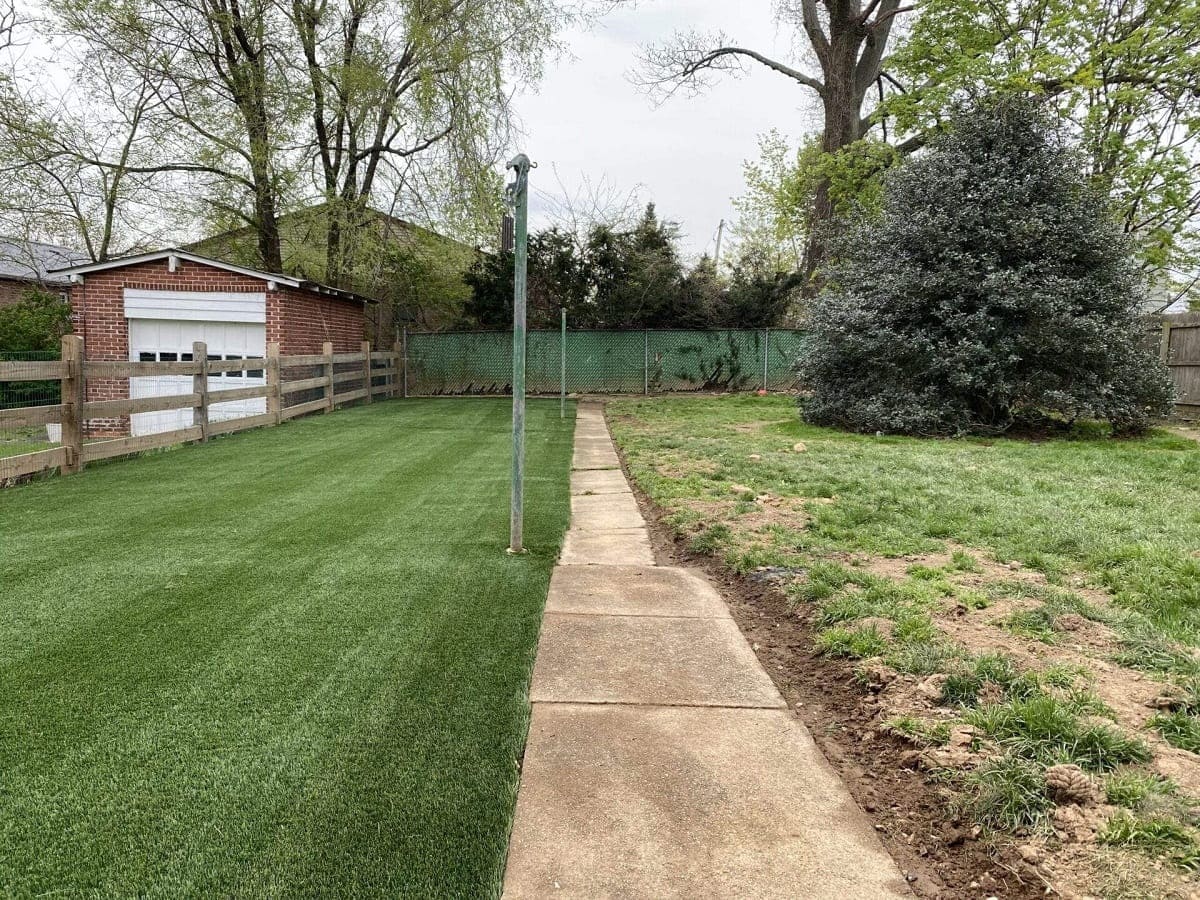

Garden Essentials
How Does Fake Grass Compare To Real Grass?
Modified: March 7, 2024
Discover the key differences between fake grass and real grass in your garden. Compare cost, maintenance, and aesthetic appeal to make the best choice for your outdoor space.
(Many of the links in this article redirect to a specific reviewed product. Your purchase of these products through affiliate links helps to generate commission for Storables.com, at no extra cost. Learn more)
Introduction
Gardens are a source of joy and beauty for many homeowners. A lush green lawn can transform an outdoor space into a tranquil sanctuary. However, maintaining a natural grass lawn requires time, effort, and resources. In recent years, there has been a growing trend in using fake grass as an alternative to real grass. Artificial or synthetic turf offers several advantages, but how does it compare to the real thing?
In this article, we’ll explore the key factors to consider when comparing fake grass to real grass. We’ll delve into the appearance, maintenance, durability, environmental impact, cost, and other aspects to help you make an informed decision.
So, let’s dive in and see how fake grass stacks up against real grass.
Key Takeaways:
- Fake grass offers minimal maintenance, vibrant appearance, and pet-friendly features, making it a convenient and durable alternative to real grass for busy homeowners.
- Real grass provides a natural, eco-friendly environment, but requires regular upkeep and may pose allergen and health concerns for some individuals.
Read more: Why Is Real Grass Better Than Fake Grass
Appearance and Texture
One of the major concerns when it comes to fake grass is its appearance and texture. Many homeowners are wary that synthetic turf might not be able to replicate the natural look and feel of real grass. However, advancements in technology have made it possible for artificial grass to closely resemble the real thing.
Modern fake grass is designed with various shades of green and brown to mimic the color variations found in natural grass. Additionally, artificial turf now comes in different blade lengths, thicknesses, and textures, offering a range of options to suit individual preferences. In fact, synthetic grass can even appear more vibrant and consistently green compared to real grass, which can become patchy and discolored in certain areas.
When it comes to texture, fake grass has come a long way. Although it may not have the exact texture as natural grass, the difference is often minimal. Synthetic turf manufacturers have developed specialized fibers that are soft and resilient, providing a comfortable surface underfoot. Some high-quality artificial grass products even incorporate a mix of different textures, emulating the lush feel of real grass.
Overall, while fake grass may not be identical to real grass in terms of appearance and texture, it has made significant strides in replicating the natural elements. With the vast array of options available in the market, homeowners can find fake grass that can closely resemble the look and feel of real grass.
Maintenance and Upkeep
One of the primary advantages of fake grass is the minimal maintenance it requires compared to real grass. Natural grass demands regular and time-consuming upkeep, including mowing, watering, fertilizing, and weeding. On the other hand, artificial grass eliminates the need for most of these tasks, making it a more convenient option for busy homeowners.
Mowing is a task that consumes a significant amount of time and effort for those with real grass lawns. However, with fake grass, mowing becomes a thing of the past. Synthetic turf maintains its height and appearance without the need for trimming or maintenance.
Watering is another task that can be eliminated with fake grass. Real grass requires regular watering to keep it healthy and lush, especially during dry seasons. Artificial turf, on the other hand, doesn’t require any watering to maintain its green appearance. Not only does this save water, but it also reduces water bills and conserves precious resources.
Weed control is a constant battle for homeowners with real grass lawns. Weeds can invade even the most well-maintained lawns, requiring manual removal or the use of weed killers. On the contrary, fake grass provides a weed-free surface that doesn’t require any spraying or pulling of weeds.
While some minimal maintenance is still required for synthetic turf, it pales in comparison to the regular and labor-intensive upkeep needed for real grass. Artificial grass may occasionally require some cleaning to remove debris, leaves, or pet waste, but this can be easily done with a rake or hose.
In summary, fake grass significantly reduces the time and effort spent on lawn maintenance and upkeep. With artificial turf, homeowners can say goodbye to mowing, watering, fertilizing, and weeding, allowing them to enjoy more leisure time and a consistently green lawn.
Durability and Lifespan
When it comes to durability and lifespan, fake grass has a clear advantage over real grass. Natural grass is susceptible to wear and tear, especially in high-traffic areas or under harsh weather conditions. It can become worn, thin, or even die off in certain spots. This often leads to patchy and uneven lawns that require reseeding or resodding.
On the other hand, artificial grass is designed to be highly durable and resilient. It can withstand heavy foot traffic, children playing, and even the activities of pets without showing signs of wear. Synthetic turf is typically made from high-quality materials that are UV resistant and have excellent drainage capabilities, ensuring that it can withstand the elements and remain in optimal condition for an extended period.
The lifespan of fake grass is another key advantage. Depending on the quality and maintenance, artificial turf can last anywhere between 15 to 25 years or even longer. This longevity allows homeowners to enjoy a consistently green and beautiful lawn without the need for frequent replacement.
Real grass, on the other hand, requires regular reseeding or resodding to maintain its lush appearance and fill in any bare patches. Additionally, natural grass can be more susceptible to disease, pests, or damage from extreme weather conditions, further reducing its lifespan.
Overall, artificial grass offers superior durability and a longer lifespan compared to real grass. With proper installation and maintenance, homeowners can enjoy a lush and vibrant lawn without the constant need for repairs or replacement.
Environmental Impact
When comparing the environmental impact of fake grass versus real grass, several factors need to be considered. Natural grass has certain eco-friendly benefits, such as oxygen production and carbon dioxide absorption. Additionally, it provides a habitat for insects, birds, and other wildlife.
On the other hand, fake grass is often criticized for its synthetic nature and potential environmental consequences. However, there are also some eco-friendly aspects to consider when it comes to artificial turf.
Water conservation is a significant advantage of fake grass. Real grass lawns require a substantial amount of water to stay healthy and green, especially in regions with limited water resources or during drought conditions. By opting for artificial turf, homeowners can significantly reduce their water consumption and help conserve this valuable resource.
Fake grass also eliminates the need for chemical fertilizers, herbicides, and pesticides, which are commonly used to maintain real grass lawns. These chemicals can potentially leach into the soil or contaminate water sources, posing a risk to both human health and the environment.
However, it’s important to consider the materials used in the production of artificial turf. Some older or lower-quality products may contain harmful substances, such as lead or toxic chemicals. Therefore, it’s crucial to choose synthetic grass that is free from these harmful components to minimize the environmental impact.
When it comes to disposal, real grass clippings can be composted or used as mulch, contributing to organic waste reduction. On the other hand, fake grass is not biodegradable and can pose challenges when it comes to disposal. It’s essential to choose recyclable materials for artificial turf or explore recycling options when it comes to replacing or disposing of the synthetic grass.
In summary, while real grass offers some eco-friendly benefits, fake grass can contribute to water conservation and reduce the use of harmful chemicals. However, the environmental impact of artificial turf also depends on factors such as materials used and proper disposal methods.
Consider the maintenance and environmental impact of both options. Fake grass requires less maintenance but can be harmful to the environment, while real grass is more natural but requires more upkeep.
Read more: How Does Fake Grass Work?
Cost Comparison
When comparing the cost of fake grass versus real grass, it’s essential to consider both the initial investment and long-term expenses. While fake grass may have a higher upfront cost, it can often prove to be a cost-effective option in the long run.
The initial cost of installing artificial turf can vary depending on factors such as the size of the lawn, the quality of the synthetic grass, and the professional installation fees. The price may range from several hundred dollars to several thousand dollars. On the other hand, establishing a real grass lawn typically involves expenses such as soil preparation, purchasing sod or grass seeds, and possibly hiring professionals for installation. These costs can also add up, although they may be lower compared to fake grass installation.
When it comes to long-term expenses, fake grass has a clear advantage. Real grass lawns require ongoing maintenance, including mowing, watering, fertilizing, and weeding, which can lead to additional costs. The cost of water bills, lawn care tools, fertilizers, and weed control products should be factored in when considering the overall cost of maintaining a natural grass lawn.
Artificial turf, on the other hand, requires minimal maintenance and eliminates the need for these ongoing expenses. While there may be minor costs associated with occasional cleaning or repairs, they are typically far less than the cumulative expenses of maintaining a real grass lawn over time.
It’s also worth considering the lifespan of fake grass. As mentioned earlier, high-quality artificial turf can last 15 to 25 years or more with proper maintenance. In contrast, real grass lawns may require regular reseeding, resodding, or major renovations due to wear and tear or damage. These replacements and renovations can add significant costs over the years.
In summary, while the initial cost of installing fake grass may be higher, the long-term savings in maintenance and replacement expenses can make it a cost-effective option. It’s essential to weigh the upfront investment against the potential savings over time when considering the cost comparison between real grass and fake grass.
Pet and Child-Friendliness
When it comes to pet and child-friendliness, both fake grass and real grass have their advantages and considerations to keep in mind.
Pets, especially dogs, can have a significant impact on the condition of a lawn. Real grass can become damaged and worn out in areas where pets frequently play or dig. It may also be challenging to remove pet urine stains and odors from natural grass. However, with artificial turf, these issues are minimized. Synthetic grass is designed to be pet-friendly, with excellent drainage systems that allow liquids to pass through easily. It also prevents digging, reducing the chances of your pets creating unsightly holes in the yard. Cleaning up after pets on fake grass is more manageable, as solid waste can be easily removed, and liquid waste can be hosed down or rinsed away.
When it comes to children, both real and fake grass can provide a safe and enjoyable environment. Real grass offers a soft and natural surface for kids to play on. It can cushion falls and provide a comfortable area for various activities. However, it’s worth noting that natural grass can become muddy and slippery after rainfall, which may limit outdoor playtime. On the other hand, artificial turf provides a consistent and even surface, ensuring a safer playing environment. It is durable and can withstand active play without becoming muddy or worn out. Additionally, synthetic grass eliminates the need for pesticides and other chemical treatments that can potentially be harmful to children.
It’s important to consider the specific needs and habits of both pets and children when choosing between real and fake grass. If you have active children or pets that spend a lot of time outdoors, artificial turf may be a more practical option due to its durability and resistance to wear and tear.
Ultimately, both fake grass and real grass can be pet and child-friendly, but each has its advantages and considerations. It’s crucial to assess your specific requirements and preferences to determine which option best suits the needs of your family and furry friends.
Allergies and Health Concerns
Allergies and health concerns are important factors to consider when comparing fake grass to real grass. Both options can have implications for individuals with specific sensitivities or health conditions.
Natural grass can harbor allergens such as pollen, mold spores, and grass mites, which can trigger allergies and respiratory issues in susceptible individuals. These allergens can be released into the air during mowing or even by simply walking on the grass. Additionally, real grass lawns may require the use of chemical treatments, such as fertilizers and pesticides, which can also pose health risks if not handled properly.
Artificial turf, on the other hand, does not produce allergens like pollen or grass mites, making it a suitable option for individuals with grass allergies. However, it’s worth noting that fake grass can accumulate dust, dirt, and other particles over time, which may cause discomfort for those with respiratory sensitivities. Regular cleaning and maintenance of the synthetic turf can help mitigate these concerns.
Another health consideration is the heat retention of fake grass. In hot climates or during summer months, artificial turf can become significantly hotter than real grass. This can be uncomfortable for pets and children who may be playing or walking on the surface. However, selecting artificial grass with heat-reflective properties and using appropriate shading strategies can help reduce this issue.
Environmental factors also play a role in overall health considerations. Real grass contributes to a cooler and more natural environment, as it absorbs carbon dioxide and releases oxygen. It also provides a habitat for insects, birds, and other small animals, supporting local biodiversity. These ecological benefits may positively impact overall well-being and promote a healthier ecosystem. However, the use of chemical treatments and excessive water usage for maintaining real grass lawns can have negative environmental implications.
In summary, while fake grass can be a suitable option for individuals with grass allergies, considerations should be given to potential dust accumulation and heat retention. Real grass may contribute to airborne allergens but offers benefits in terms of a cooler and more natural environment. It’s important to evaluate individual health needs and preferences when making a choice between fake and real grass.
Conclusion
When considering whether to choose fake grass or real grass for your outdoor space, several factors need to be taken into account. Each option has its own advantages and considerations that can influence your decision.
Fake grass has made significant advancements in recent years, with the ability to closely resemble the appearance and texture of real grass. It requires minimal maintenance and eliminates the need for mowing, watering, fertilizing, and weeding. Artificial turf is durable, long-lasting, and can withstand heavy foot traffic. It also offers water conservation benefits and reduces the use of harmful chemicals.
On the other hand, real grass provides a natural and eco-friendly environment. It offers the lushness and softness that can be enjoyed by both pets and children. Real grass contributes to the overall aesthetics of a garden and provides oxygen production and carbon dioxide absorption. However, it requires regular maintenance, including mowing, watering, and weed control, as well as the potential for allergens and the use of chemical treatments.
Cost is another important consideration. While fake grass may have a higher initial investment, it can prove cost-effective in the long run due to the savings in maintenance and replacement expenses. Real grass, on the other hand, may have lower upfront costs but can accumulate ongoing expenses over time.
In conclusion, the choice between fake grass and real grass ultimately depends on your personal preferences, lifestyle, and specific needs. Consider factors such as appearance, maintenance requirements, durability, environmental impact, cost, and the needs of pets and children. By carefully weighing these factors, you can make an informed decision that best suits your vision for a beautiful and functional outdoor space.
Frequently Asked Questions about How Does Fake Grass Compare To Real Grass?
Was this page helpful?
At Storables.com, we guarantee accurate and reliable information. Our content, validated by Expert Board Contributors, is crafted following stringent Editorial Policies. We're committed to providing you with well-researched, expert-backed insights for all your informational needs.
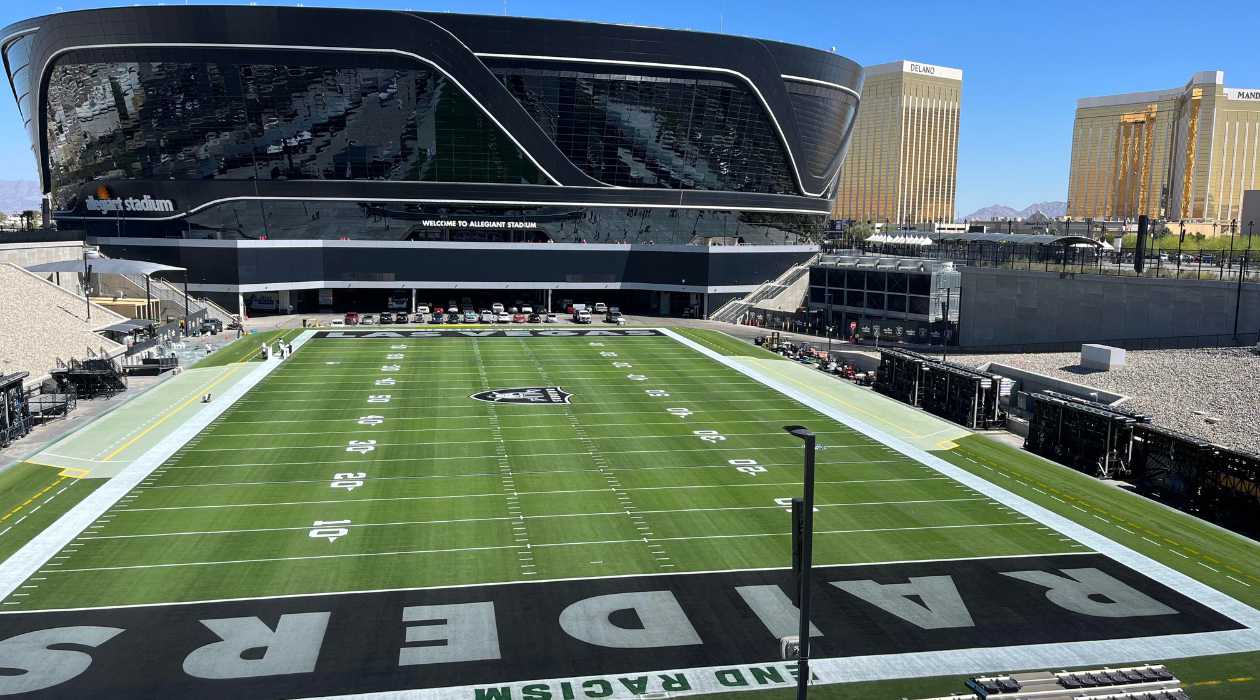

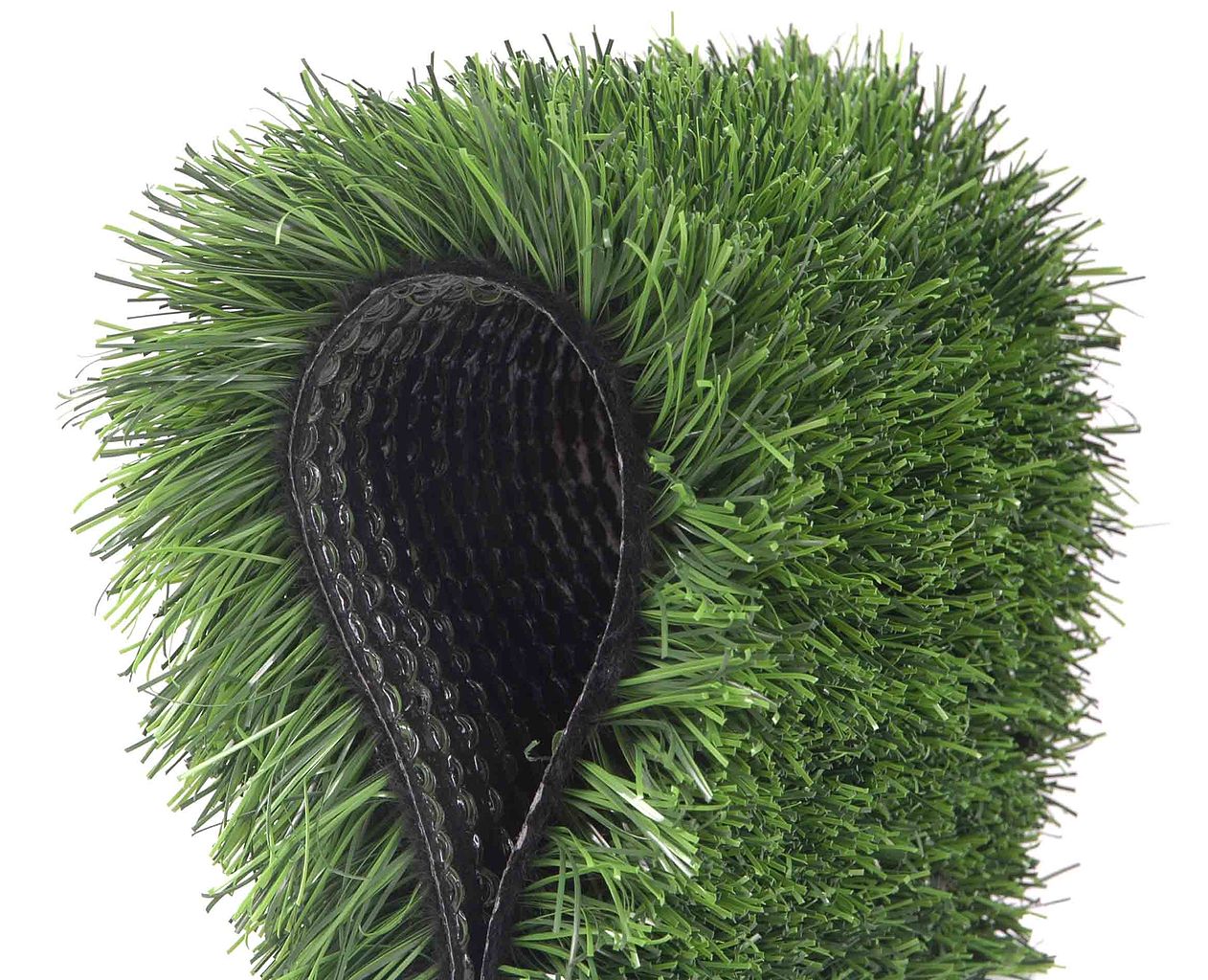
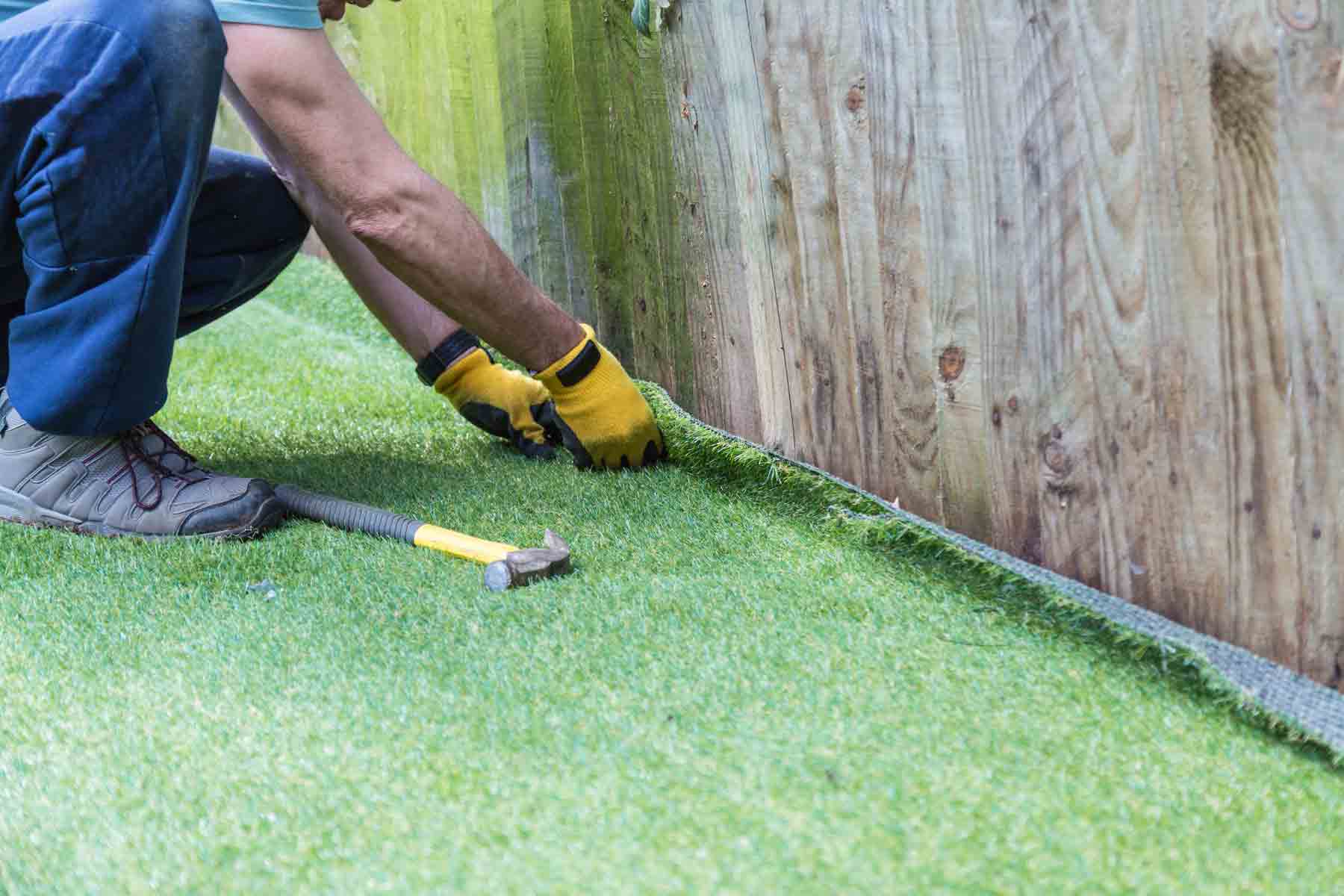
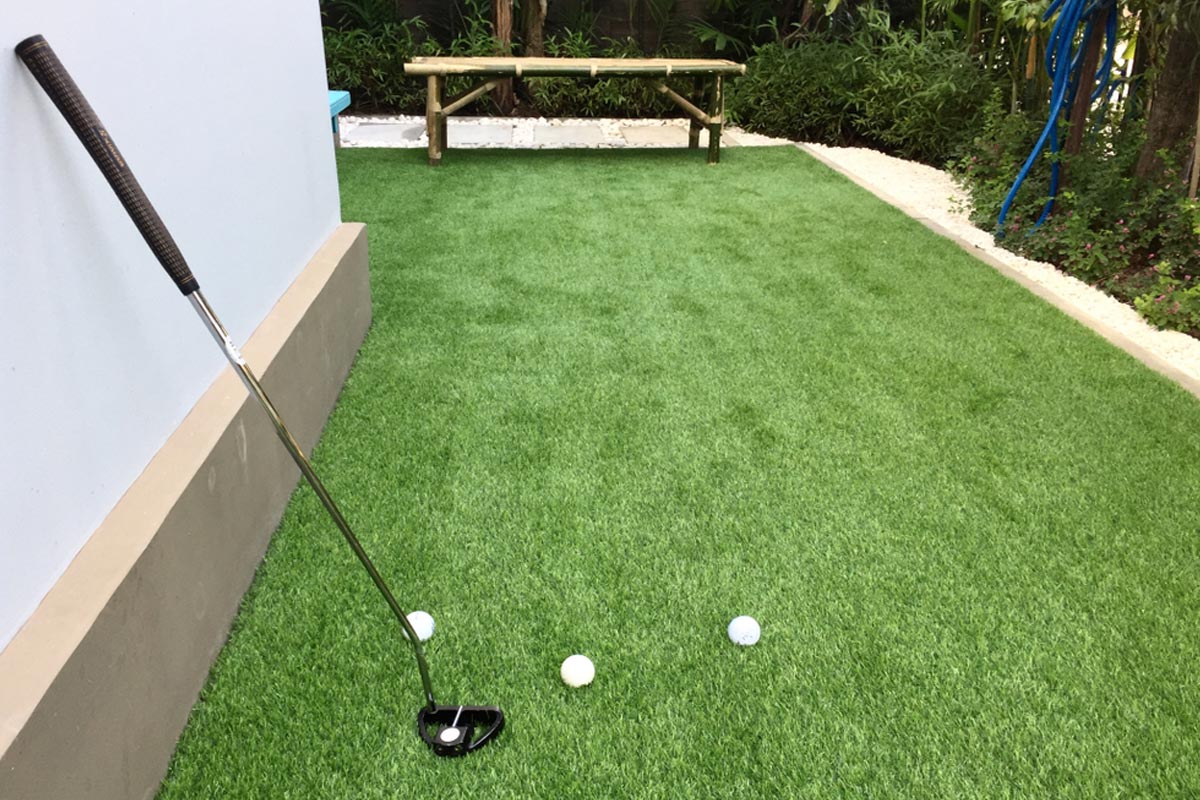
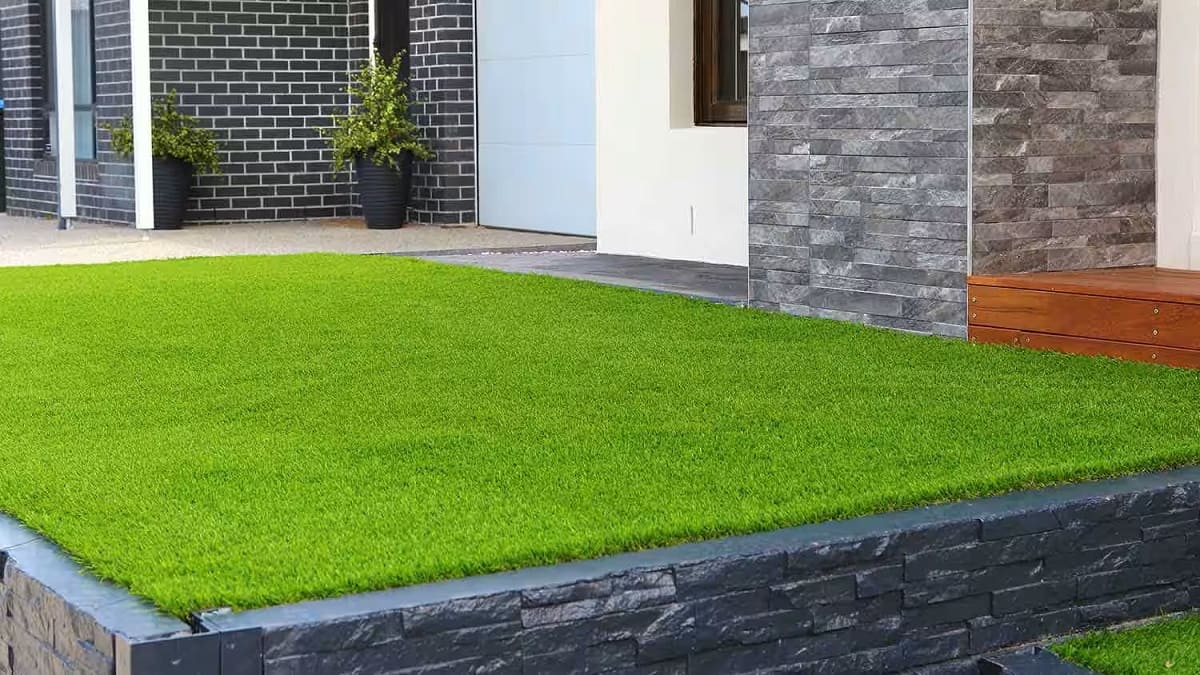
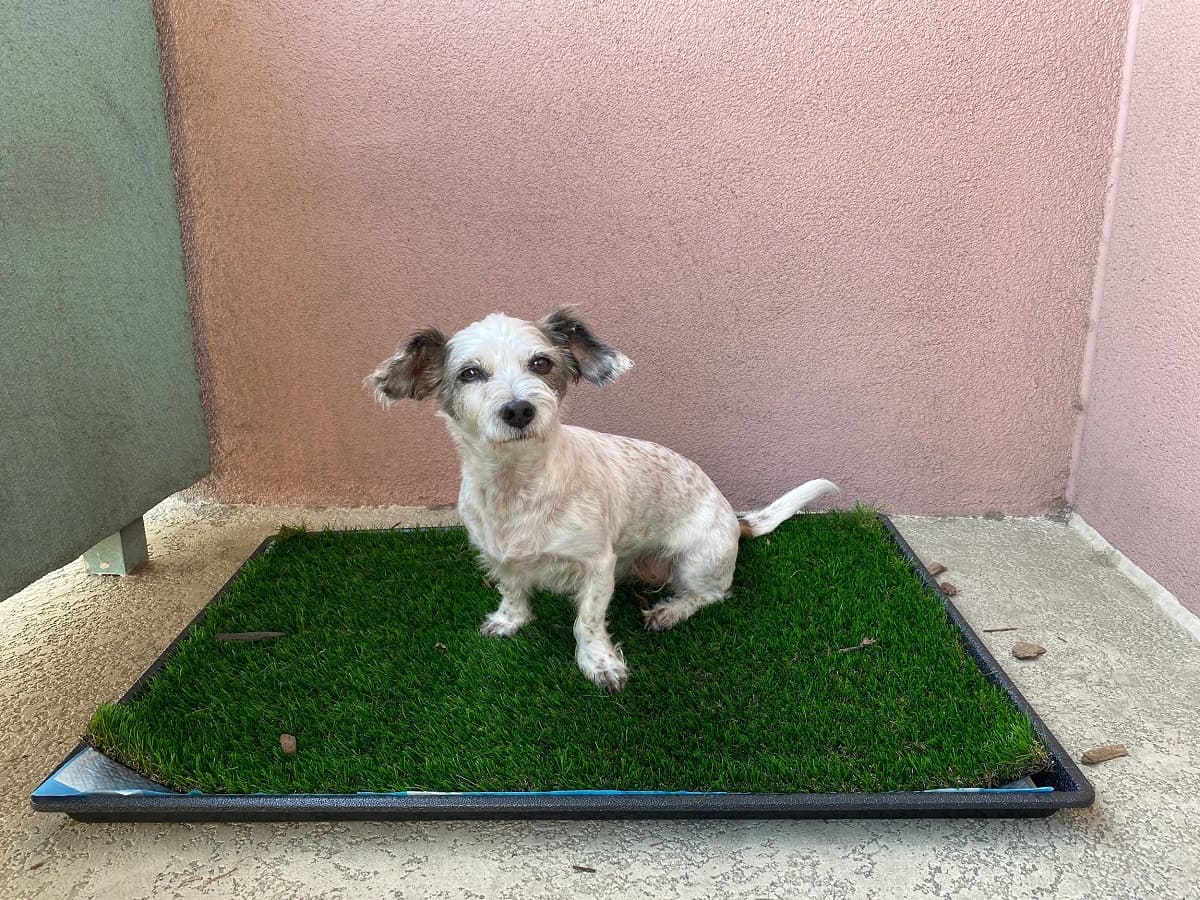
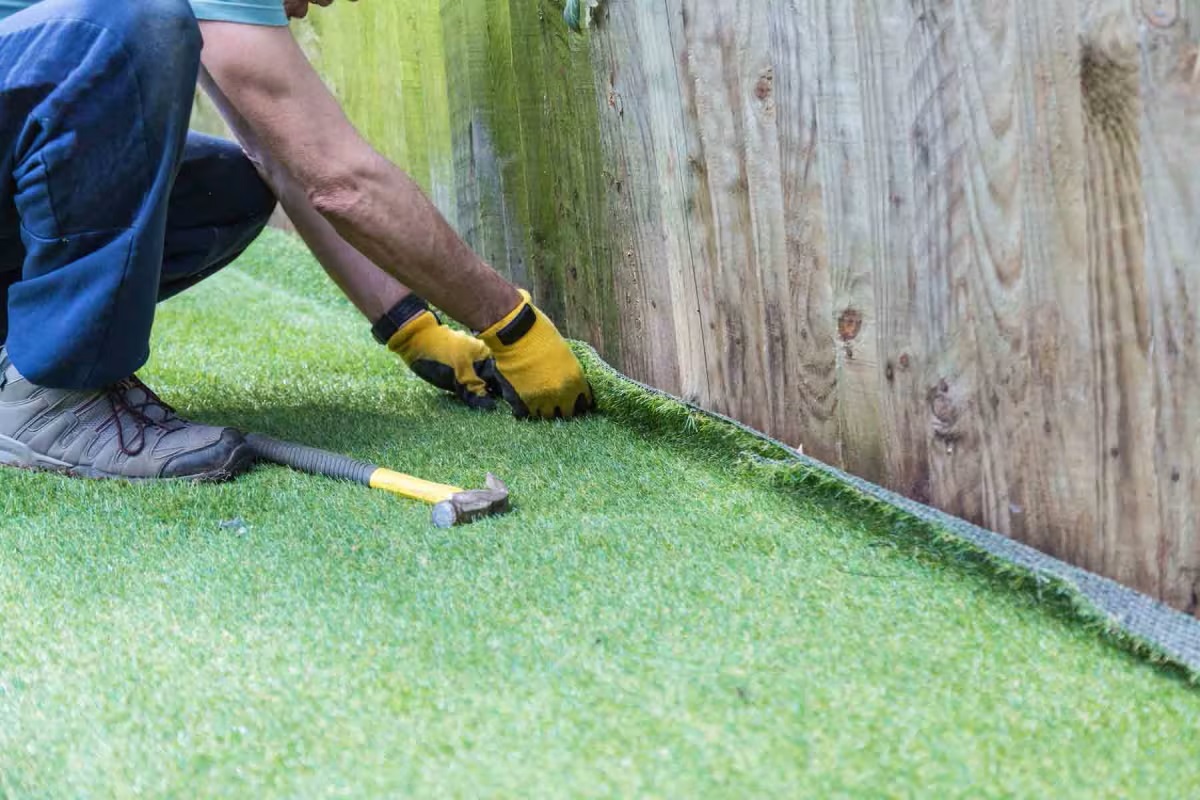
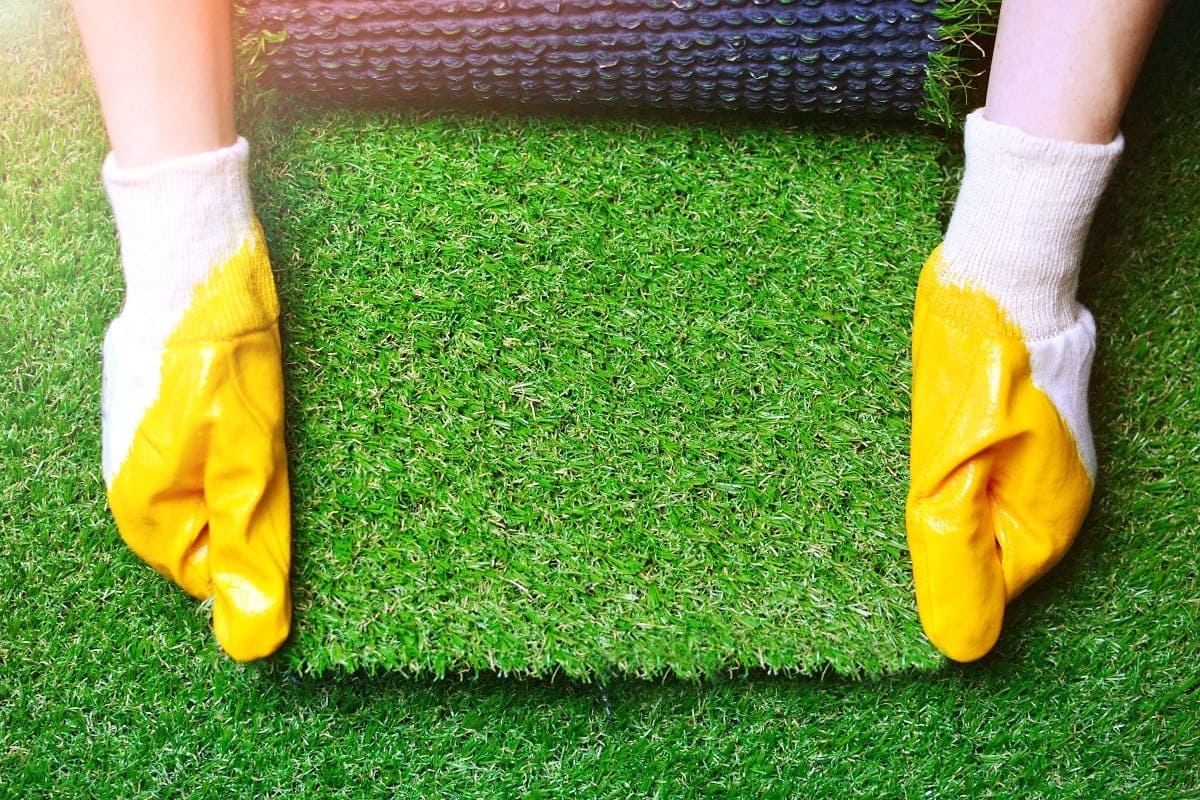
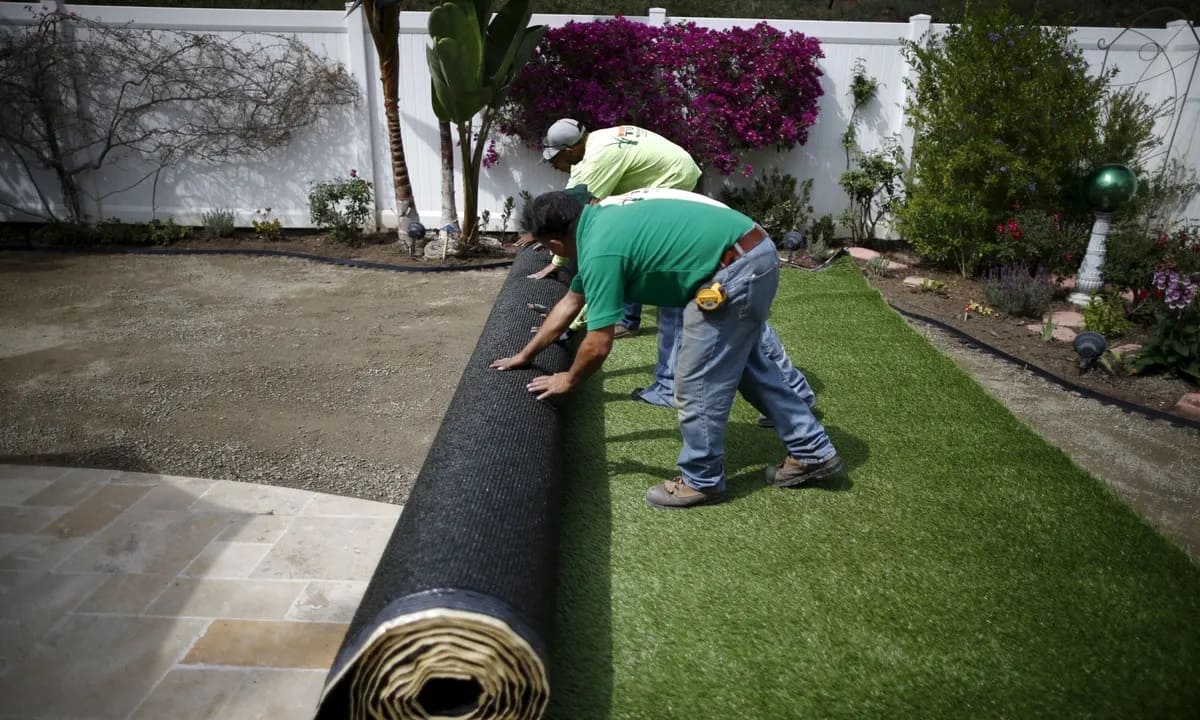
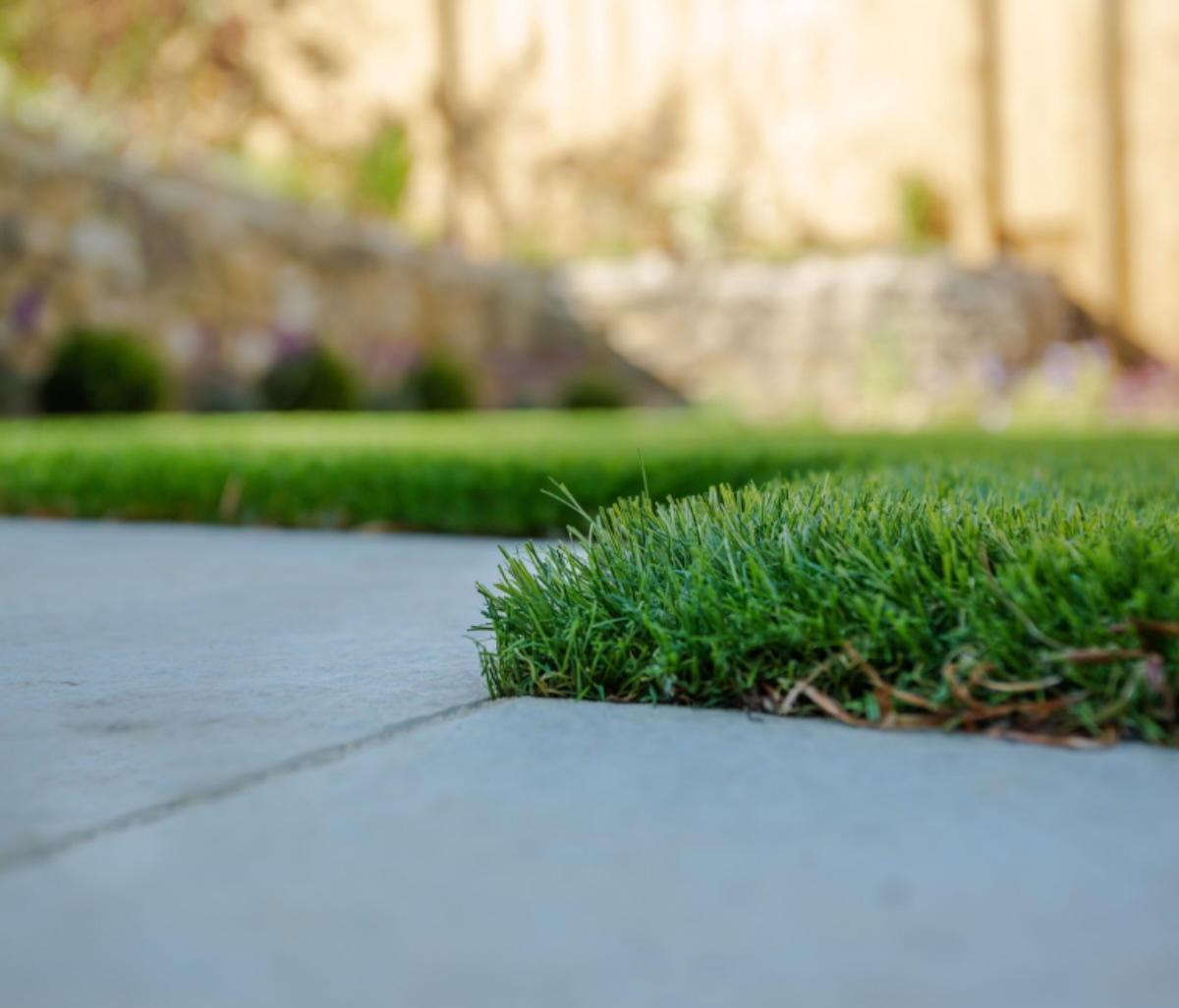
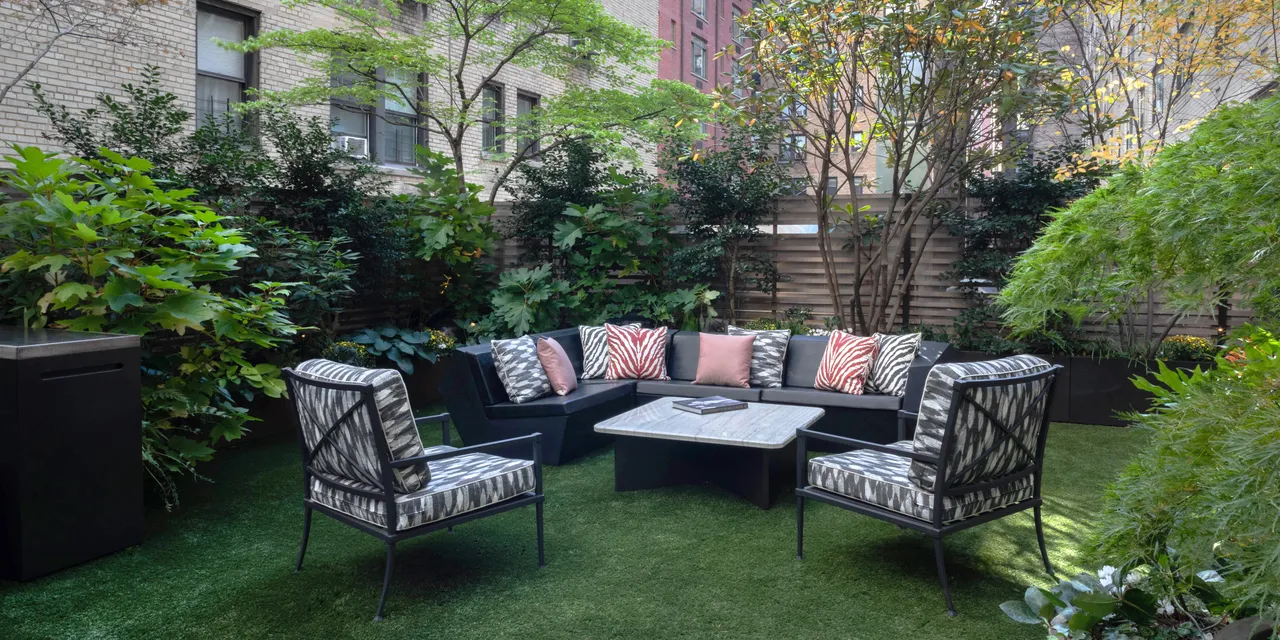
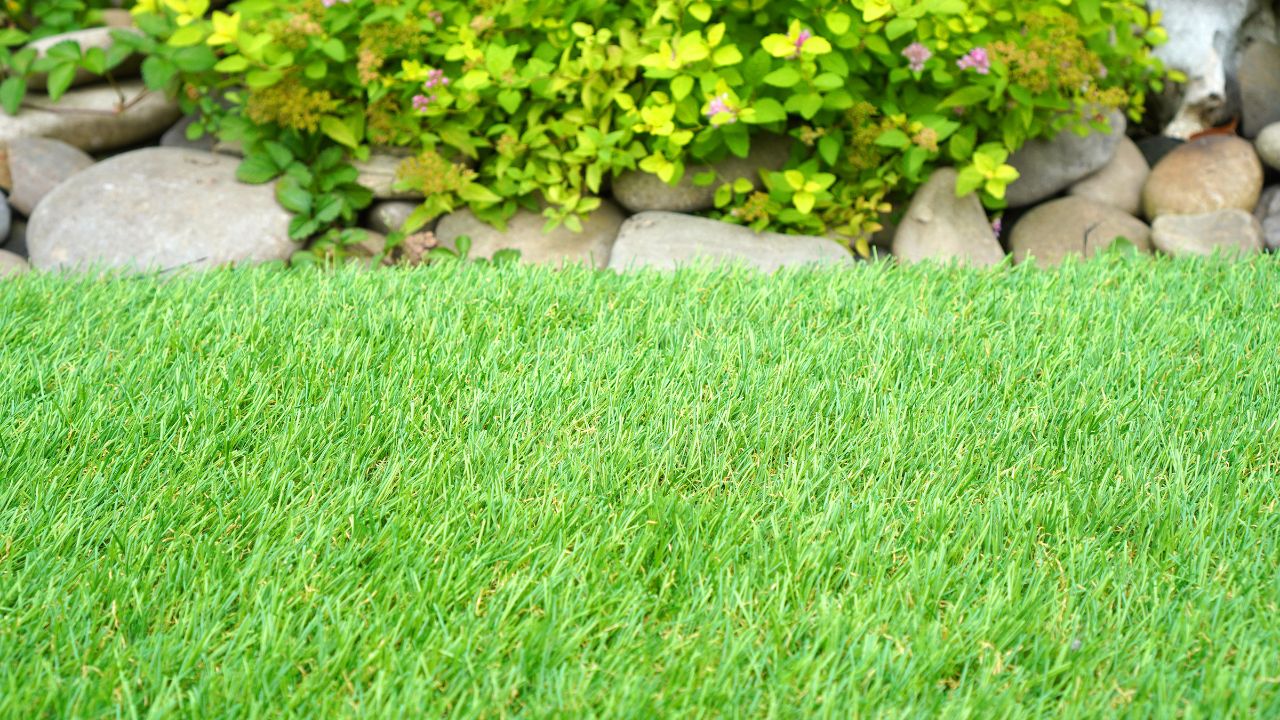


0 thoughts on “How Does Fake Grass Compare To Real Grass?”